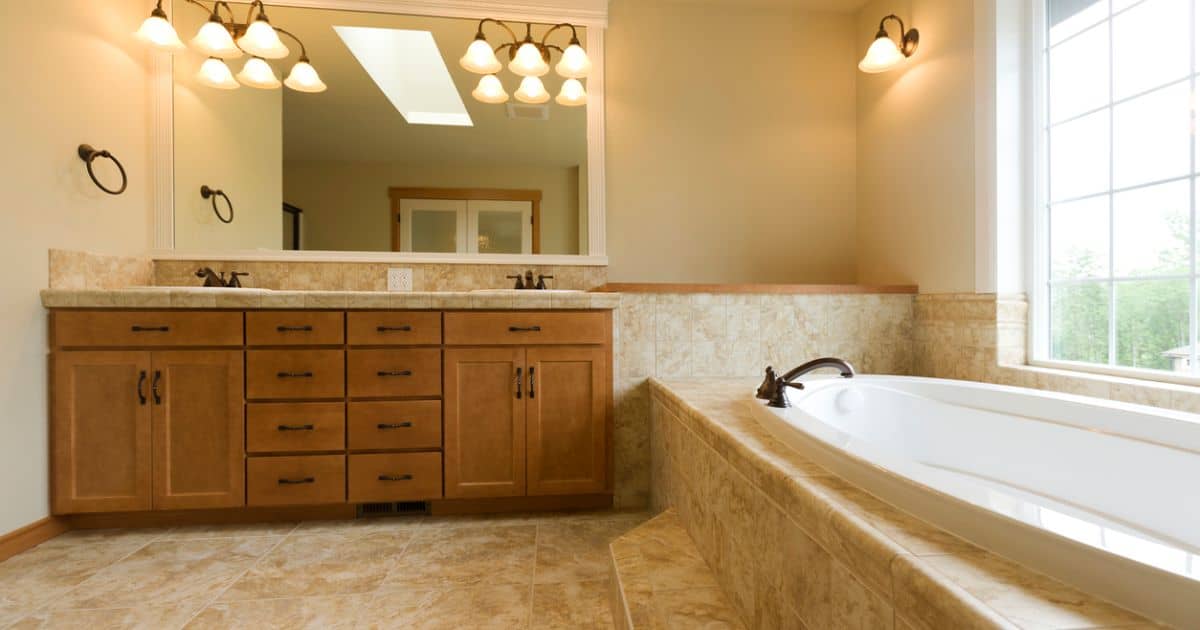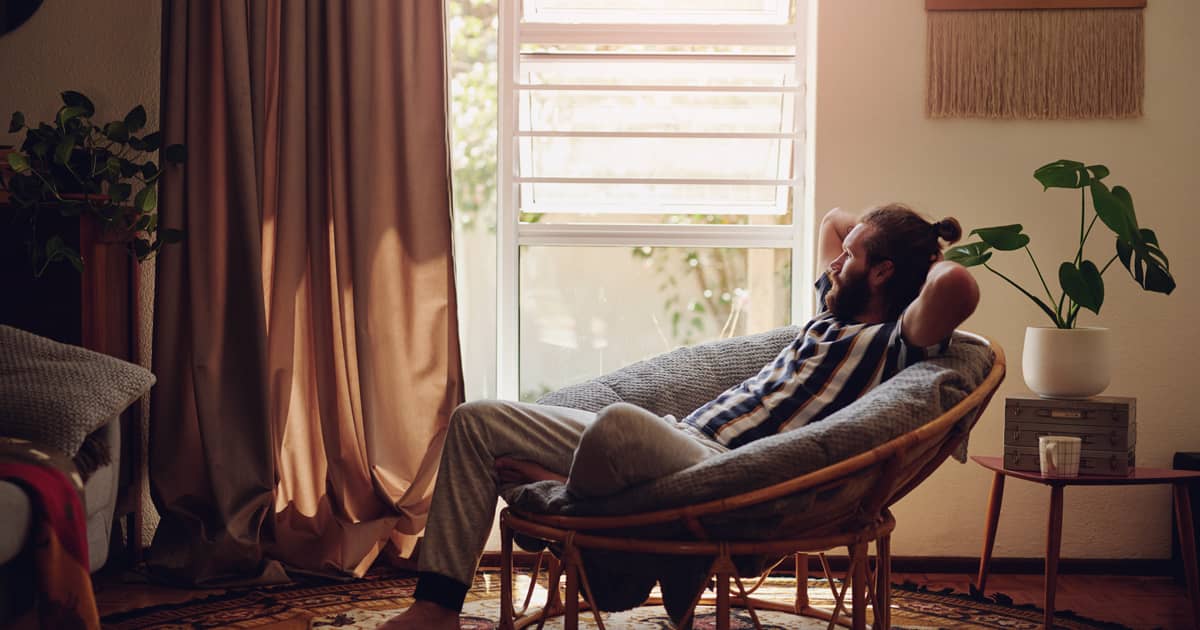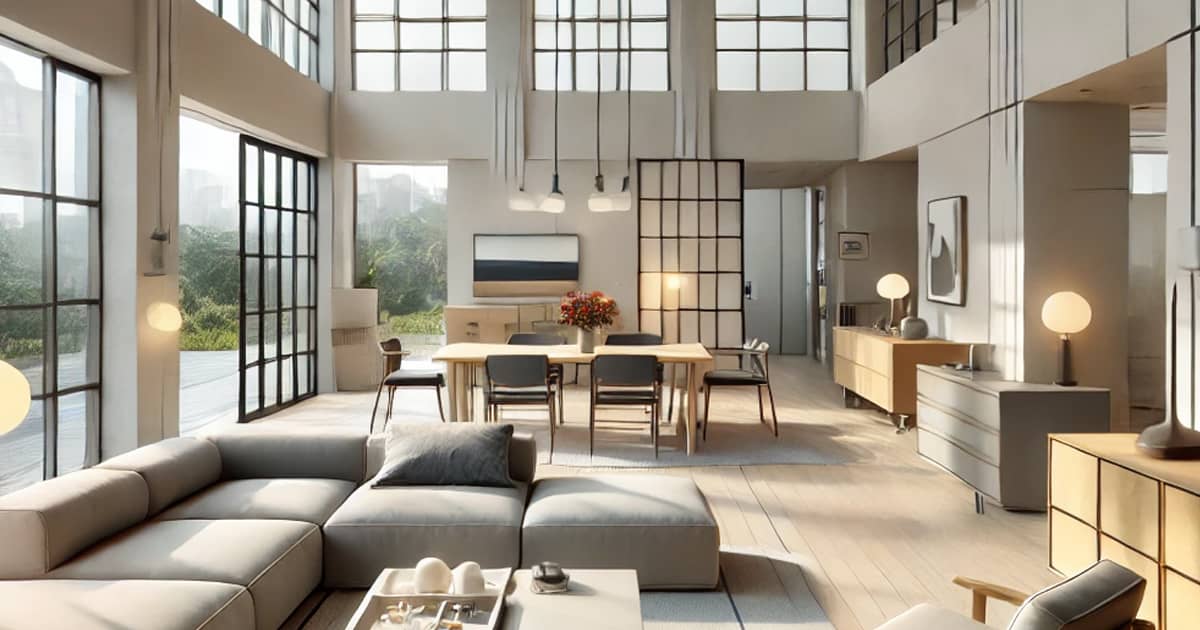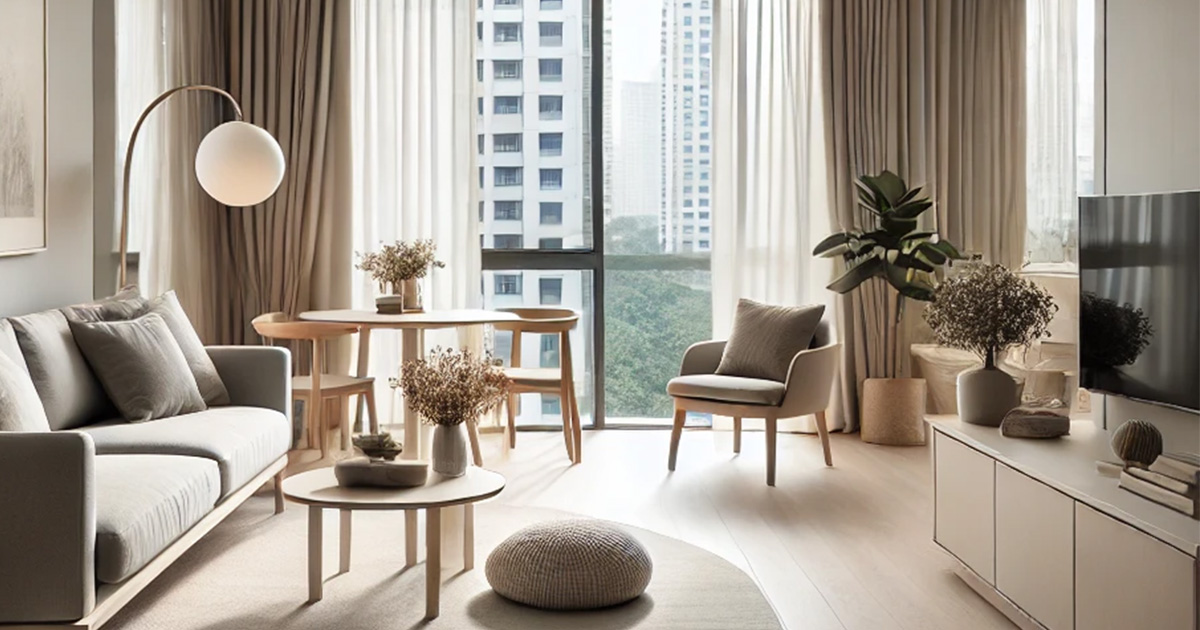You have to make so many important choices when renovating your home!
In the process of home interior design, you have to start thinking about the layout, functionality, the right fixtures, the right colours, the right materials…
Speaking of materials, they’re crucial for more than one reason. Materials determine functionality, longevity and the aesthetic appeal of your renovation’s outcome. They’re also one of the biggest factors contributing to just how easy home maintenance is going to be.
Various materials can be used to create a low maintenance interior space you’re going to love. Others, however, will be tremendously demanding. No matter how pretty they are, such materials should probably be avoided or be used sparingly.
Some of the Best Renovation Materials
Before taking a look at some actual high maintenance renovation nightmares, let’s focus on the best materials first.
If you want to enjoy durability, longevity and ease of cleaning, consider the following options:
- Glass: modern tempered glass used in construction (especially in bathrooms, living rooms and kitchens) is very hardy and it can last you a lifetime without getting scratched or cracked. It’s also very suitable for the creation of frame-free panels that act as super cool and minimalist bathroom separators for your shower. Glass is also easy to clean and it’s not going to get stained.
- Wood: perfect for windows and doors, wood can last anywhere between 30 and 100 years without getting damaged (if you take good care of it). Wood can be stained, painted, varnished and lacquered. Not only do these procedures change the appearance of wood and its versatility, they give you an extra layer of protection.
- Aluminum: lightweight and durable, solid aluminum has a lifespan of 30 years and aluminum-clad windows last anywhere between 15 and 20 years. For some added versatility, it can be powder-coated. Aluminum is an especially suitable window treatment for warmer climates.
- Stainless steel: everyone knows it’s exceptionally durable but the actual lifespan of steel exceeds 100 years. It’s affordable, easy to clean, very difficult to scratch and super versatile.
- Engineered wood: it’s an especially good choice for flooring. Engineered hardwood isn’t susceptible to moisture in a way that natural hardwood is. Also, it’s less likely to get warped or become damaged with movement. These features make it an amazing choice for high traffic area.
Now that you know the good options, let’s examine the ones that come on the opposite end of the spectrum.
While it’s considered a luxurious material, hardwood can be difficult to maintain in a pristine condition.
Some of its vulnerabilities include susceptibility to termite attacks and moisture, fairly easy to scratch, distortion with the passage of time and the potential for mould or fungal growth. When it comes to dark types of wood, some kinds of damages become even more obvious and impossible to conceal.
Wood needs constant care in order to look beautiful, new and shiny. If you don’t have the time for it, your beautiful hardwood floors could quickly get an aged appearance (and not in a good way).
Travertine tiles are stylish and beautiful. There are lot of natural colours and variations, giving uniqueness to travertine. It’s a fairly popular choice when it comes to flooring but it has a number of shortcomings.
The first and the most important one is that travertine ranks among the most porous natural materials. As such, it can harbour dirt, dust, moisture, mould and even bacteria. To avoid such problems, you’ll need to get your travertine tiles properly sealed on a regular basis.
There’s also some risk of scratching and cracking. While travertine comes in individual tiles that can be replaced, nobody wants to deal with such issues.
The same is true for many other kinds of natural stone. Since most rocks are porous, you’ll need to think of a schedule that will allow for the regular reapplication of sealant for hygienic purposes and to also add some durability.
Bronze-Finish Bathroom Fixtures
While these look stylish and they deliver a bit of retro chic, bronze faucets are tremendously difficult to maintain.
The material is fairly easy to clean but regular maintenance is essential to prevent oxidation and lime scale formation. Scratching is also a possibility. When it’s not maintained properly, the bronze finish can also start fading – an issue that completely ruins the beautiful appearance of these fixtures.
A Few Other High Maintenance Materials to Avoid
There are several other materials you may want to be careful with.
If you’re looking at wall materials, you may want to avoid plaster. It can be cracked and damaged easily. When damage occurs, fixing the issue can be a particularly challenging task.
Other high maintenance construction materials include granite, natural leather and canvas.
You can still make high maintenance materials work by using them in the right spots and for the right purpose. Also, keep in mind that many alternatives that are durable and very reminiscent of an actual high maintenance material do exist.
If you’re seeking the best materials to match your renovation budget and lifestyle, contact Home Guide. Not only will be consult you on the right choices, we’ll also come up with a personalised project and take care of every single execution aspect.





